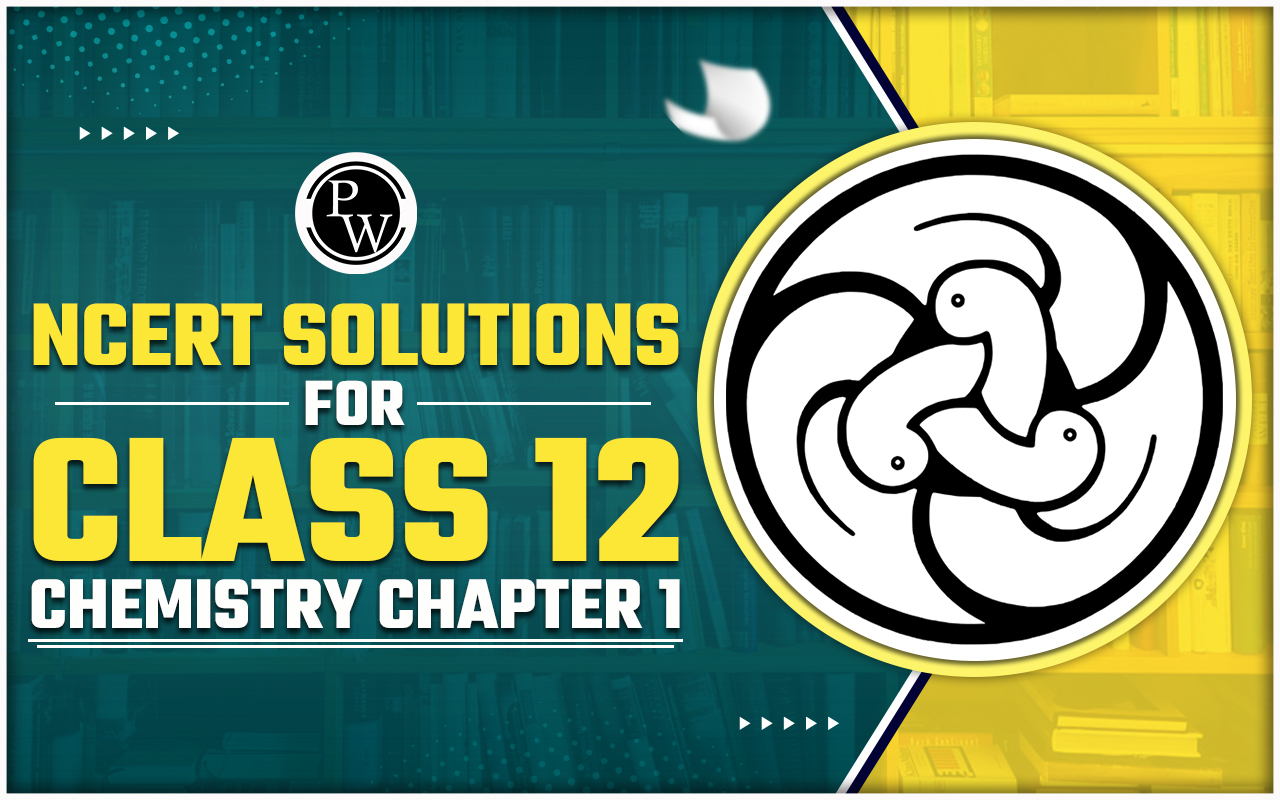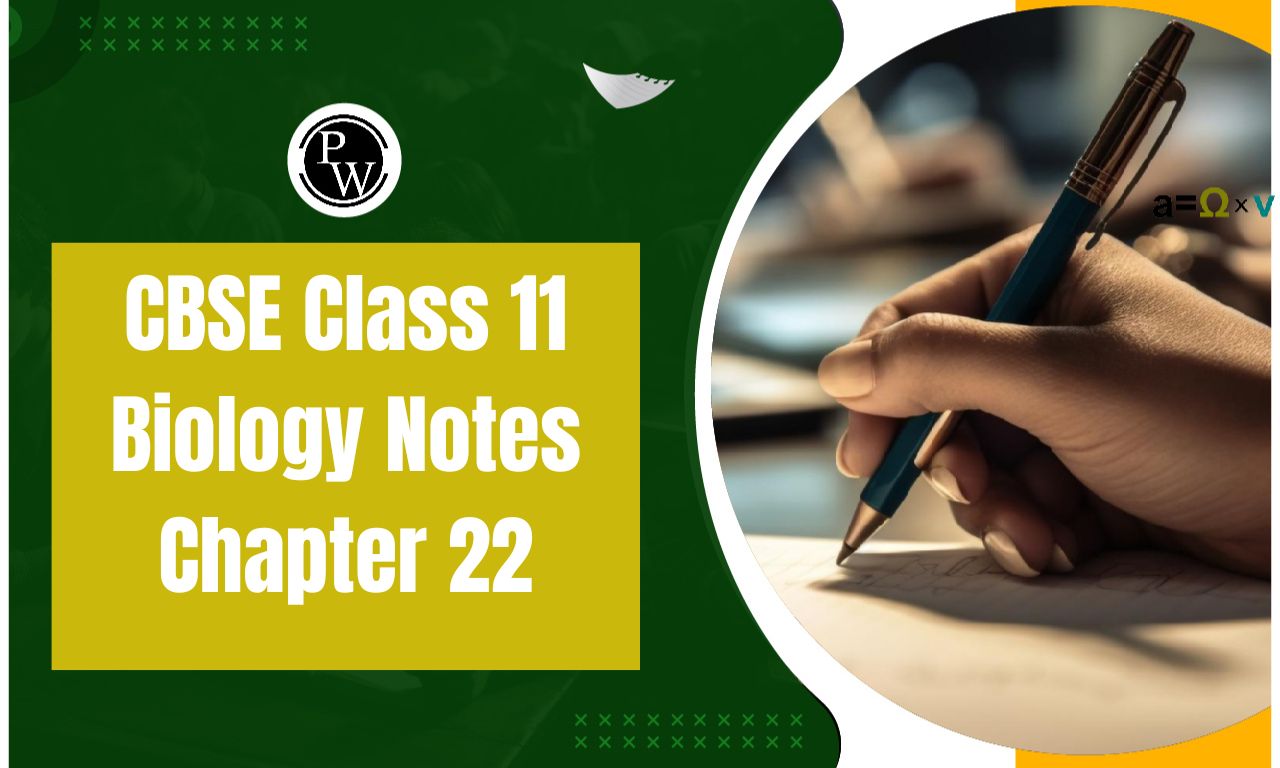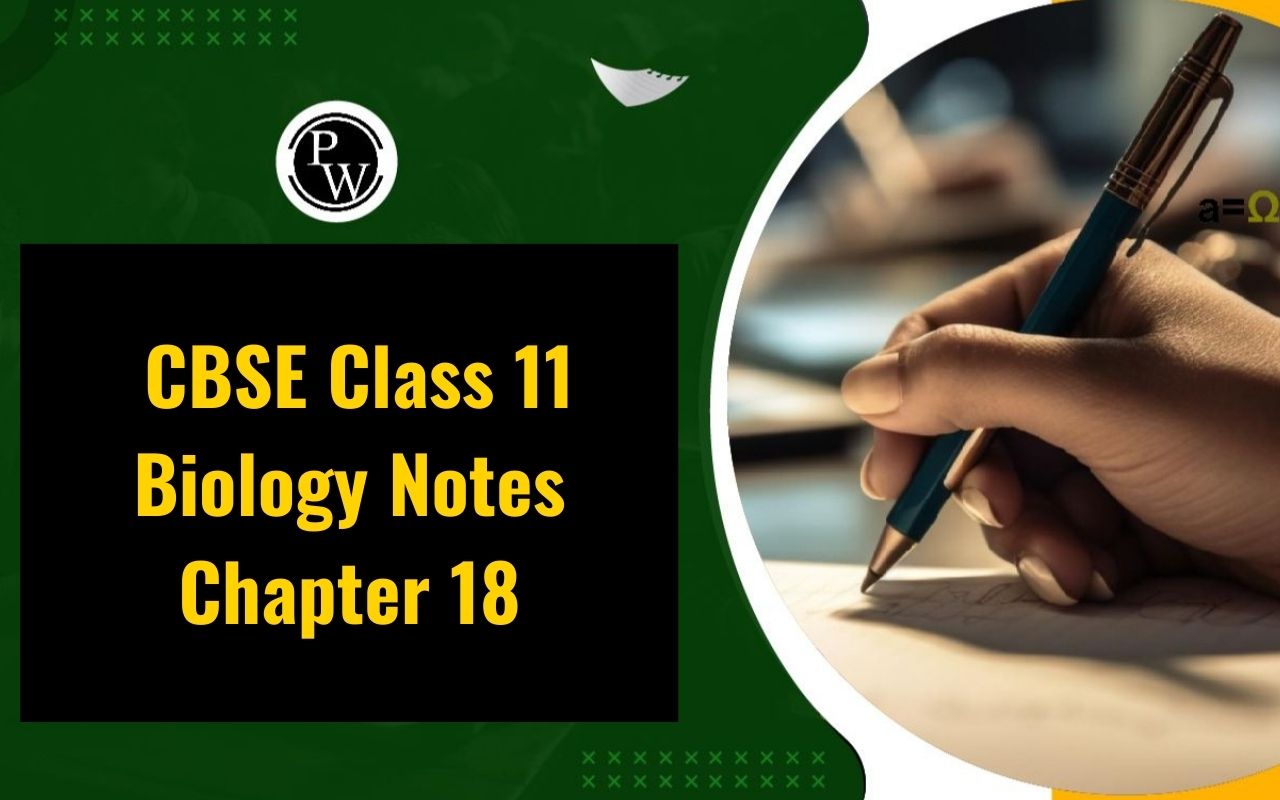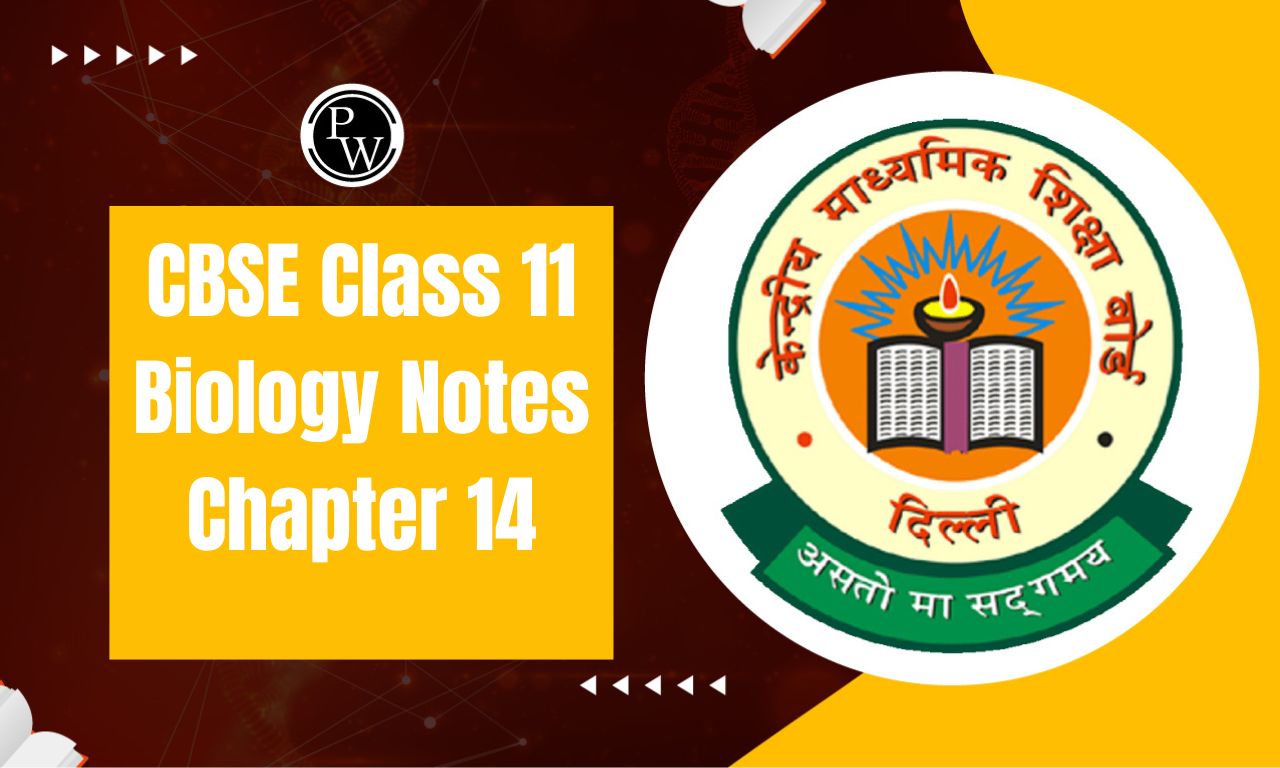
CBSE Class 11 Physics Notes: Studying for exams can be stressful, especially for CBSE Class 11 Physics students. To alleviate some of this pressure, having detailed notes is important. These notes are a valuable resource for last-minute revision, which is essential for exam success. However, effective revision isn't just about reviewing notes; it involves covering all the essential concepts thoroughly.
Many students neglect to create proper revision notes, leading to gaps in their understanding during review sessions. To address this issue, we've created CBSE Class 11 Physics Notes. These notes are created in simple language to facilitate better comprehension for students. These notes created by subject expert are designed to simplify complex concepts and facilitate better understanding among students. Whether preparing for class assessments or competitive exams like JEE Main, NEET, or AIIMS, these notes provide students with a solid foundation to build upon. With clear explanations and illustrative examples, CBSE Class 11 Physics Notes play a crucial role in enhancing learning outcomes and boosting academic performance. Our Class 11 Science Physics Notes not only provide theoretical knowledge but also provide practical guidelines and tips for solving problems accurately.CBSE Class 11 Syllabus 2024-2025
CBSE Class 11 Physics Notes Chapter Wise Notes
Below are the chapter-wise notes for CBSE Class 11 Physics:CBSE Class 11 Physics Notes Topic Wise Summary
Here's a summary of CBSE Class 11 Physics chapters topic-wise:Chapter 1 - Units and Measurements:
- Introduction to measurement and units for fundamental quantities
- Parallax method for measuring large distances
- Use of electron microscopes for measuring very small distances
- Time measurement using atomic clocks
Chapter 2 - Motion in a Straight Line:
- One-dimensional motion and its key terms
- Rest and motion differentiation
- Understanding of position, distance, and displacement
- Distinction between speed and velocity
Chapter 3 - Motion in a Plane:
- Scalar and vector quantities differentiation, including unit vectors and parallel vectors
- Addition, subtraction, and scalar multiplication of vectors
- Average and instantaneous velocity explanation
- Introduction to position vectors, displacement, and projectile motion
Chapter 4 - Law of Motion:
- Definition of force and basic forces
- Newton’s laws of motion
- Linear momentum
- Principle of conservation of momentum
Chapter 5 - Work, Energy, and Power:
- Work and dimensions of the unit of work
- Conservative and non-conservative forces
- Power and Energy
- Kinetic energy and its relationship with momentum
Chapter 6 - Systems of Particles and Rotational Motion:
- Kinematics of a system of particles
- Rotational dynamics: Newtons’ laws, moment of inertia, and related theorems
- Angular momentum and impulse
- Work and Energy related to rotational motion
Chapter 7 - Gravitation:
- Newton’s law of gravitation
- Universal constant of gravitation (g) and its variation based on distance
- Satellite motion and orbital velocity
- Period of revolution of a satellite
Chapter 8 - Mechanical Properties of Solids:
- Deforming force and elasticity
- Stress and Hooke’s law
- Types of stress: Longitudinal, Tangential, Normal
- Introduction to Perfect elastic body
Chapter 9 - Mechanical Properties of Fluids:
- Fluid mechanics: fluid pressure, atmospheric pressure
- Pascal’s law and Archimedes Principle
- Fluid dynamics: steady flow, line of flow
- The velocity of Efflux and Bernoulli’s theorem
Chapter 10 - Thermal Properties of Matter:
- Thermal properties of matter: temperature, heat, absolute temperature scale
- Thermal expansion
- Heat transfer mechanisms: Conduction, Convection, Radiation
- Newton’s law of cooling
Chapter 11 - Thermodynamics:
- Thermal equilibrium, heat, work, and internal energy
- Important thermodynamic terms: static variables, equation of state, Quasi-static process
- Isothermal process and 1st law of thermodynamics
- Applications of the 1st law of thermodynamics
Chapter 12 - Kinetic Theory:
- Definition of kinetic theory and molecular nature of matter
- Molecular structure of solids, liquids, and gases
- Behaviour of gases and perfect gas equation
- Deduction of Boyle’s and Charle’s Laws
Chapter 13 - Oscillations:
- Definition of oscillation
- Key terms related to oscillation: amplitude, period, acceleration, etc.
- Simple harmonic motion
- Damped and forced oscillations
Chapter 14 - Waves:
- Definition of Waves
- Types of Waves
- Classification of Waves
Benefits of Studying from CBSE Class 11 Physics Notes
Studying from CBSE Class 11 Physics Notes provide several benefits:- Detailed Coverage: CBSE Class 11 Physics Notes provide a structured overview of the entire syllabus, ensuring that students don't miss any important topics or concepts.
- Simplified Explanation: The notes are written in simple language, making complex physics concepts easier to understand and digest for students.
- Concise Format: These notes condense vast amounts of information into concise summaries, saving students time and effort in reviewing the material.
- Exam Preparation: By focusing on key concepts, formulas, and theories, CBSE Class 11 Physics Notes help students prepare effectively for exams, ensuring they cover all essential topics.
- Quick Revision: The organized format of the notes allows for quick revision before exams, helping students reinforce their understanding and recall important information easily.
- Clarity and Understanding: Studying from these notes enhances students' clarity and understanding of physics concepts, enabling them to solve problems and answer questions with confidence.
CBSE Class 11 Physics Notes FAQs
Are CBSE Class 11 Physics Notes sufficient for exam preparation?
How should I use CBSE Class 11 Physics Notes for studying?
Can CBSE Class 11 Physics Notes help with competitive exam preparation?










